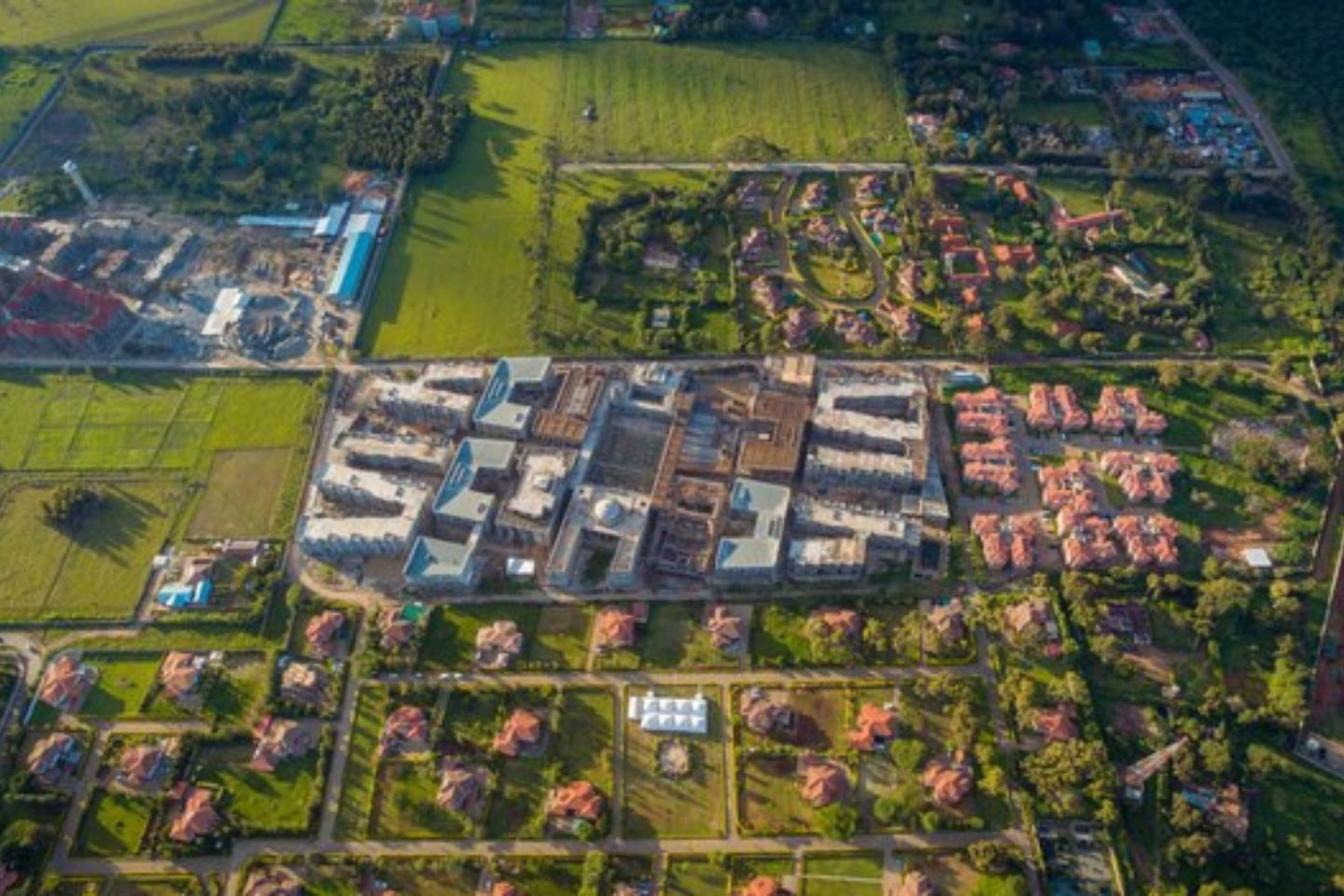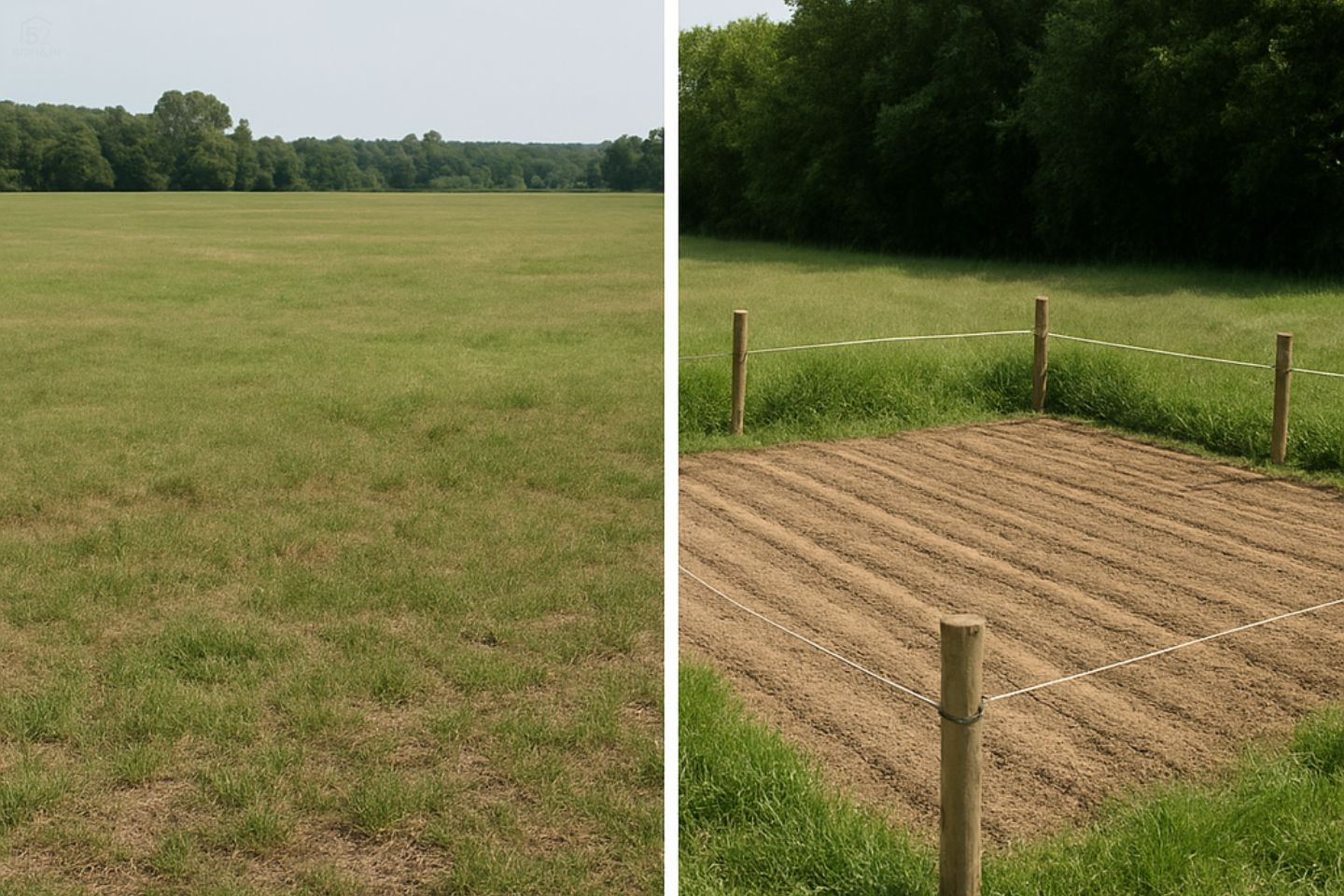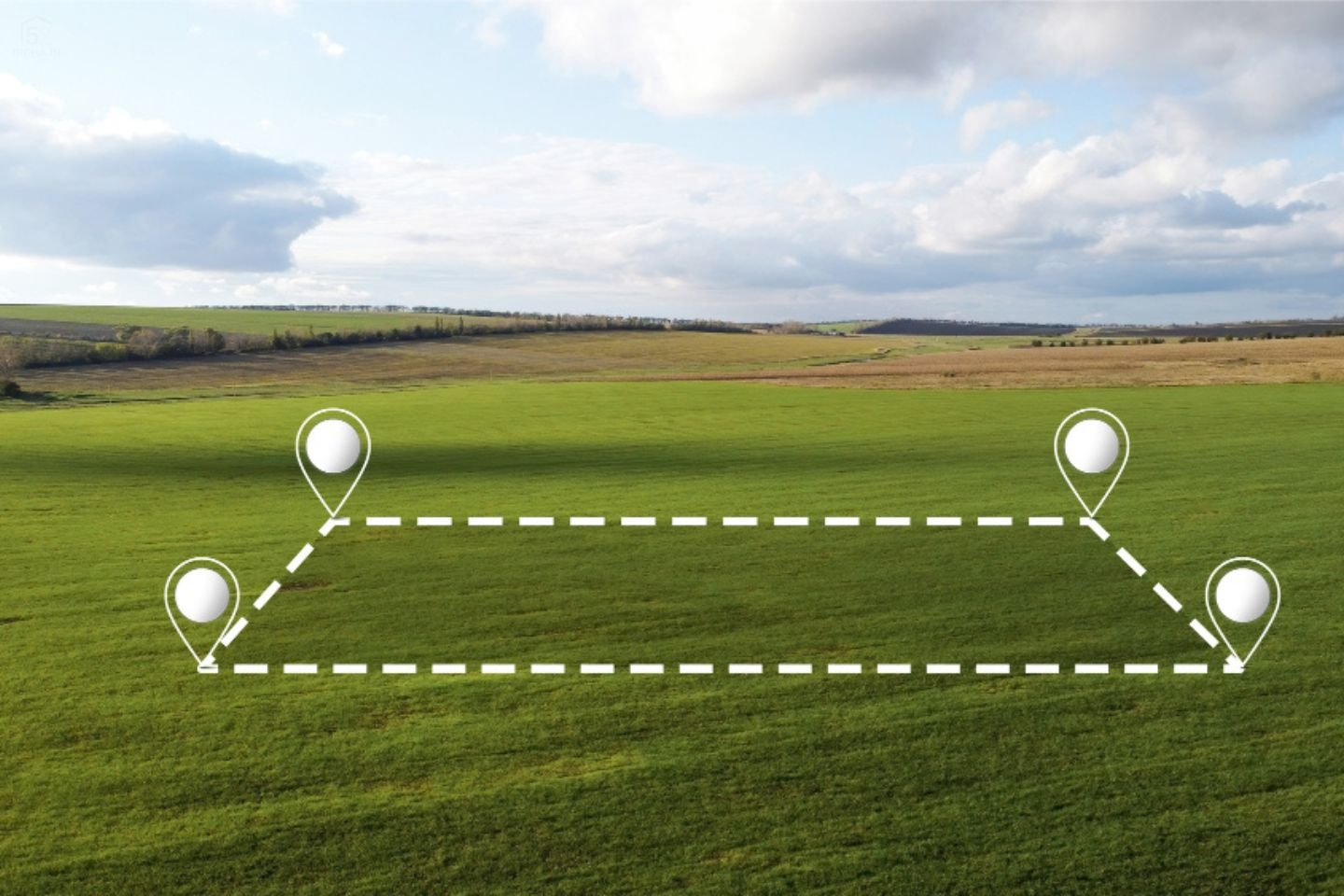Buying a plot in Sonipat is becoming a popular choice for investors and homebuyers alike. The city’s growing infrastructure, connectivity to Delhi NCR, and planned residential areas make it an attractive destination for property seekers. If you are exploring Plots for sale in Sonipat, understanding the complete plot sale process in Sonipat is crucial to ensure a smooth and safe transaction.
From spot verification and document checks to legal approvals and registration, each step is important to protect your investment and avoid future disputes. In this blog, we will guide you through the step-by-step process of buying a residential plot in Sonipat, provide tips for choosing the right property, and explain the legal formalities involved.
Why Buying a Plot in Sonipat is a Smart Choice
Sonipat is emerging as a preferred city for residential and investment purposes due to several reasons:
- Connectivity: Well-connected by highways and railways to Delhi NCR, making commuting easier.
- Urban Development: New residential townships, schools, hospitals, and commercial complexes are being developed.
- Affordable Land: Compared to Delhi and nearby cities, Sonipat residential plot prices are more affordable.
- Future Growth: With planned industrial zones and urban infrastructure, property values are expected to rise.
- Flexibility: Buying a plot allows you to design and build your home according to your preferences.
These advantages make plots for sale in Sonipat highly sought after by investors and homebuyers looking for long-term growth.
Plot Sale Process in Sonipat
Step 1: Spot Verification
Spot verification is the first and one of the most crucial steps in the plot sale process. This involves visiting the property physically to ensure that everything matches the details provided by the seller.
Key things to check during spot verification:
- Location and Accessibility: Confirm the exact location of the plot and check its connectivity to main roads, public transport, schools, and markets.
- Boundaries and Measurements: Verify the plot size, shape, and boundary markers to ensure they match the documents.
- Surrounding Area: Assess the neighbourhood, nearby facilities, and upcoming developments.
- Encroachments: Ensure there are no encroachments from neighbouring plots or authorities.
Step 2: Document Verification
After spot verification, the next step is to check the legal documents of the plot. Proper verification avoids future disputes and ensures the property is free from legal issues.
Key documents to verify include:
- Title Deed: Confirms the ownership of the property and ensures the seller has the right to sell.
- Sale Deed: Legal document recording the sale transaction between buyer and seller.
- Khata or Property Tax Receipts: Confirms that the plot is registered with the municipal authority and taxes are paid.
- Encumbrance Certificate (EC): Shows that the plot is free from loans, mortgages, or legal disputes.
- Approved Layout Plan: Confirms the plot is part of a legal residential scheme approved by the authorities.
Ensuring all documents are correct protects your investment and simplifies the registration process.
Step 3: Legal Due Diligence
Legal due diligence involves checking if the plot complies with local land laws, zoning regulations, and development plans.
- Verify whether the plot is residential, commercial, or industrial as per government records.
- Ensure there are no pending legal cases or disputes related to the plot.
- Confirm that the plot has all required approvals from the local development authority.
Consulting a property lawyer or real estate consultant is recommended to avoid legal complications and ensure a safe transaction.
Step 4: Booking the Plot
Once spot verification and legal checks are complete, the next step is to book the plot. This usually involves:
- Paying a Booking Amount: A small portion of the total cost is paid to the seller or developer to reserve the plot.
- Booking Agreement: A simple agreement that confirms your intention to buy the plot. It should include details like plot number, size, price, and timeline for full payment.
After booking, the seller or developer will provide a confirmation receipt for your payment.
Step 5: Payment and Sale Agreement
After booking, the buyer pays the remaining amount as per the agreed terms. A Sale Agreement is then executed, which is more detailed than the booking agreement and includes:
- Buyer and seller details.
- Total cost and payment schedule.
- Timeline for registration.
- Responsibilities of both parties.
This document acts as proof of transaction and protects both parties legally until the registration is completed.
Step 6: Registration of the Plot
Registration is the final and most important step in the plot sale process in Sonipat. This step officially hands over ownership of the property to the buyer.
Key points during registration:
- Conduct registration at the local sub-registrar’s office.
- Both buyer and seller must be present with the required documents and IDs.
- Pay the applicable stamp duty and registration charges.
- The sale deed is signed and registered, and the buyer receives a registered copy.
After registration, the plot legally belongs to the buyer, and the transaction is complete.
Choosing the Right Location in Sonipat
When buying a Sonipat residential plot, location plays a vital role. Some factors to consider:
- Proximity to schools, hospitals, and markets.
- Connectivity to highways and public transport.
- Availability of parks and community spaces.
- Planned urban development in the area.
- Safety and neighbourhood quality.
Also Read: Where is the best place to live in Sonipat to get detailed insights on top neighbourhoods and localities for buying plots.
Tips for Buying Plots in Sonipat
- Always perform spot verification before making any payment.
- Check all legal documents, including title deed, EC, and khata.
- Consult a lawyer or real estate expert for legal due diligence.
- Compare plots for sale in Sonipat based on location, size, and price.
- Consider long-term infrastructure development before finalizing a plot.
Following these steps ensures a safe, smooth, and profitable purchase.
Conclusion
Understanding the plot sale process in Sonipat is essential to ensure a smooth, safe, and legally compliant transaction. From spot verification and document checks to legal due diligence and final registration, each step plays a crucial role in protecting your investment.
Frequently Asked Questions
The first step is visiting the plot in person to check its location, boundaries, and surroundings before proceeding with the purchase.
Important documents include the title deed, sale deed, khata certificate, encumbrance certificate (EC), approved layout plan, and government-issued ID proofs of both buyer and seller.
The process generally takes 15–30 days, depending on document verification, legal checks, and registration at the local sub-registrar office.
While not mandatory, hiring a lawyer or real estate consultant is recommended to ensure legal due diligence and avoid disputes in the future.
The final steps include signing the sale agreement, paying the remaining plot amount, and completing registration at the sub-registrar’s office to legally transfer ownership.
52 Bigha
Recent Posts

Why Jhajjar is Emerging as a Prime Location for Residential Plots?











Join The Discussion